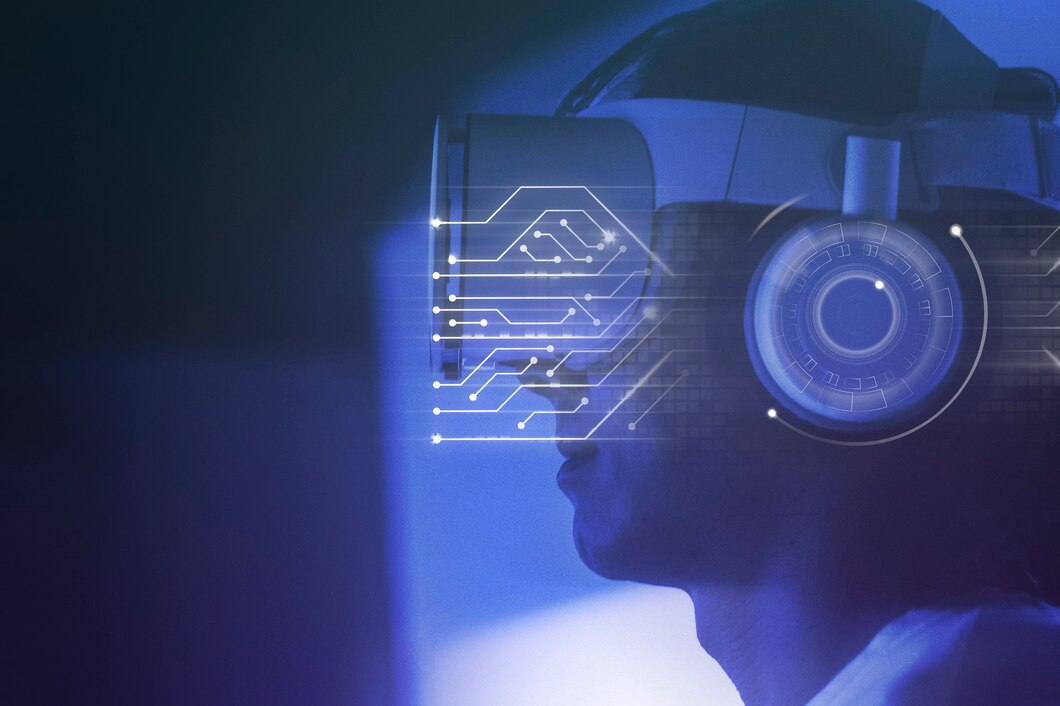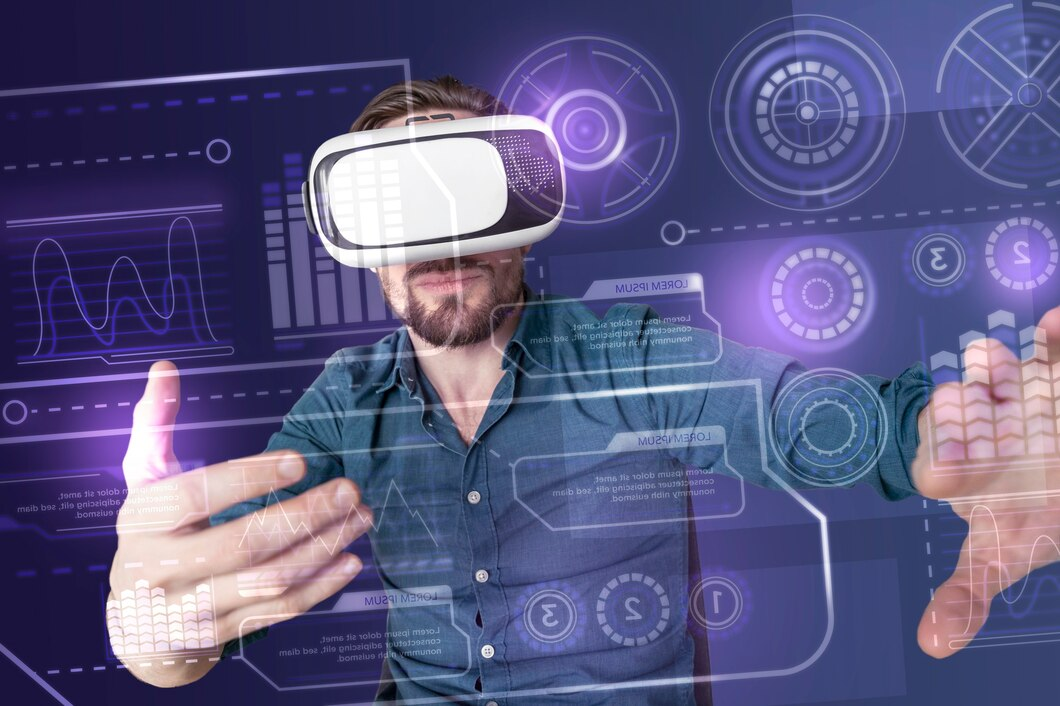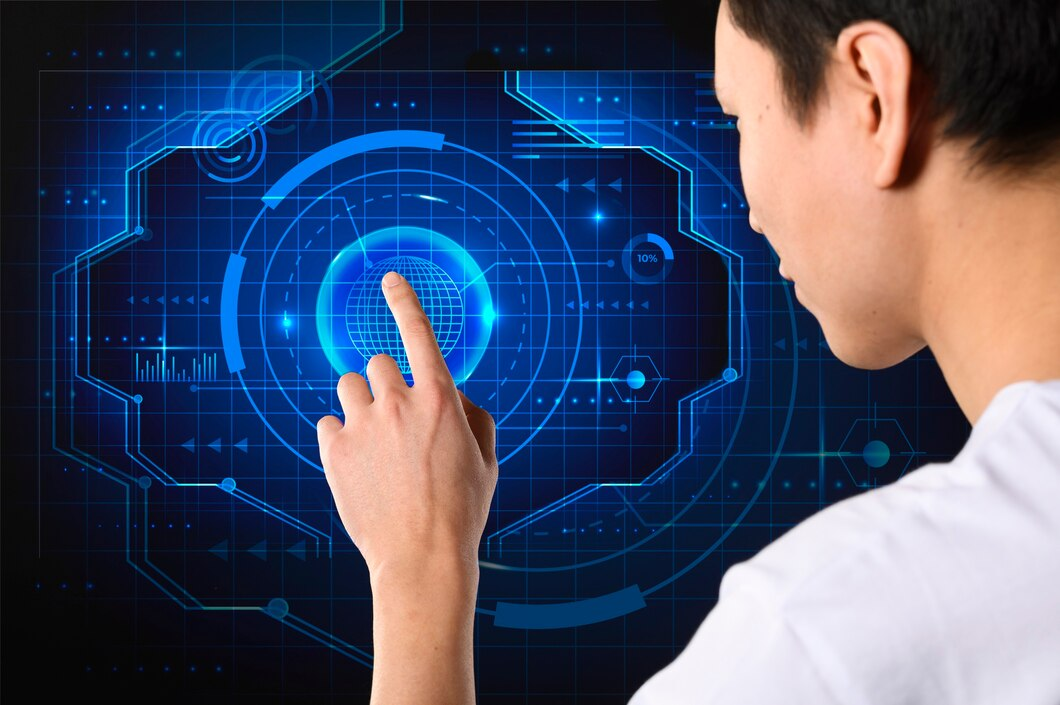Computer Vision
- Home
- Services
- Computer Vision
Computer Vision
Advancements in computer vision technologies have revolutionized the way machines perceive and interpret visual information, enabling applications ranging from image recognition and object detection to video analysis and autonomous navigation. XilanAI specializes in computer vision solutions, leveraging cutting-edge algorithms and tools to extract meaningful insights from visual data.

We utilize cutting-edge software to deliver innovative solutions for visual data analysis.
Core Technologies
Image Classification
Computer vision enables automated classification of images into predefined categories or classes, facilitating tasks like object recognition, scene understanding, and content-based image retrieval.
Object Detection
Object detection algorithms identify and localize objects within images or video frames, enabling applications like autonomous vehicles, surveillance systems, and augmented reality.
Image Segmentation
Image segmentation partitions images into semantically meaningful regions, enabling precise delineation of objects and their boundaries, crucial for tasks like medical image analysis and industrial quality control.

Advanced Techniques

Convolutional Neural Networks
CNNs are deep learning models specifically designed for processing visual data, leveraging hierarchical feature extraction and spatial hierarchies to achieve state-of-the-art performance in various computer vision tasks.
Generative Adversarial Networks
GANs consist of two neural networks, a generator and a discriminator, trained adversarially to generate realistic synthetic images or videos, enabling tasks like image synthesis, style transfer, and data augmentation.
Computer Vision Applications
Visual Recognition
Computer vision enables automated recognition and classification of objects, scenes, and activities within images and videos, facilitating applications like image search, content moderation, and visual surveillance.
Medical Imaging
Computer vision techniques analyze medical images, such as X-rays, MRIs, and CT scans, aiding in disease diagnosis, treatment planning, and surgical guidance, improving healthcare outcomes and patient care.
Autonomous Systems
Computer vision powers autonomous systems, including drones, robots, and self-driving cars, enabling perception, navigation, and decision-making in dynamic and complex environments, enhancing efficiency and safety.
Benefits that make your business thrive
Efficient Data Analysis:
Computer vision automates visual data analysis tasks, enabling businesses to process and interpret large volumes of images and videos efficiently, extracting valuable insights for decision-making and innovation.
Enhanced Productivity
By automating manual visual inspection and analysis processes, computer vision streamlines workflows, reduces human error, and increases productivity, enabling businesses to focus on higher-value tasks and activities.
Innovative Applications:
Computer vision opens up new possibilities for innovation and differentiation across industries, enabling the development of novel products, services, and experiences that address evolving market demands and customer needs.